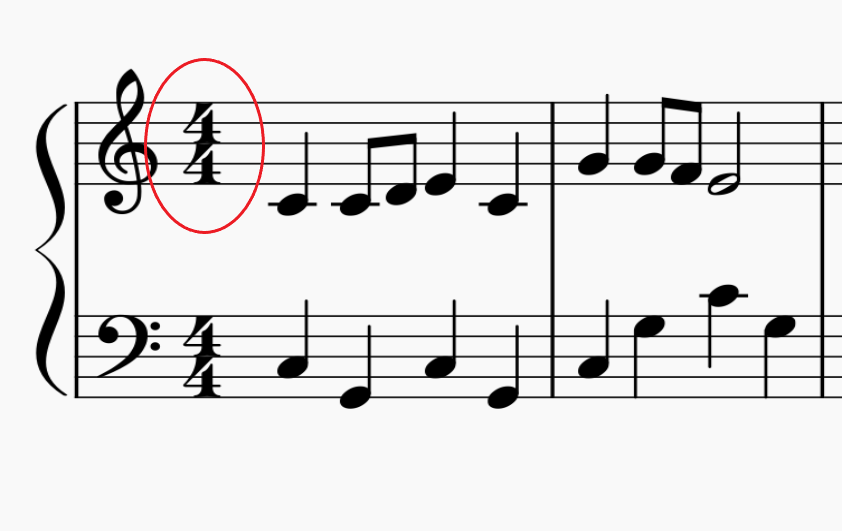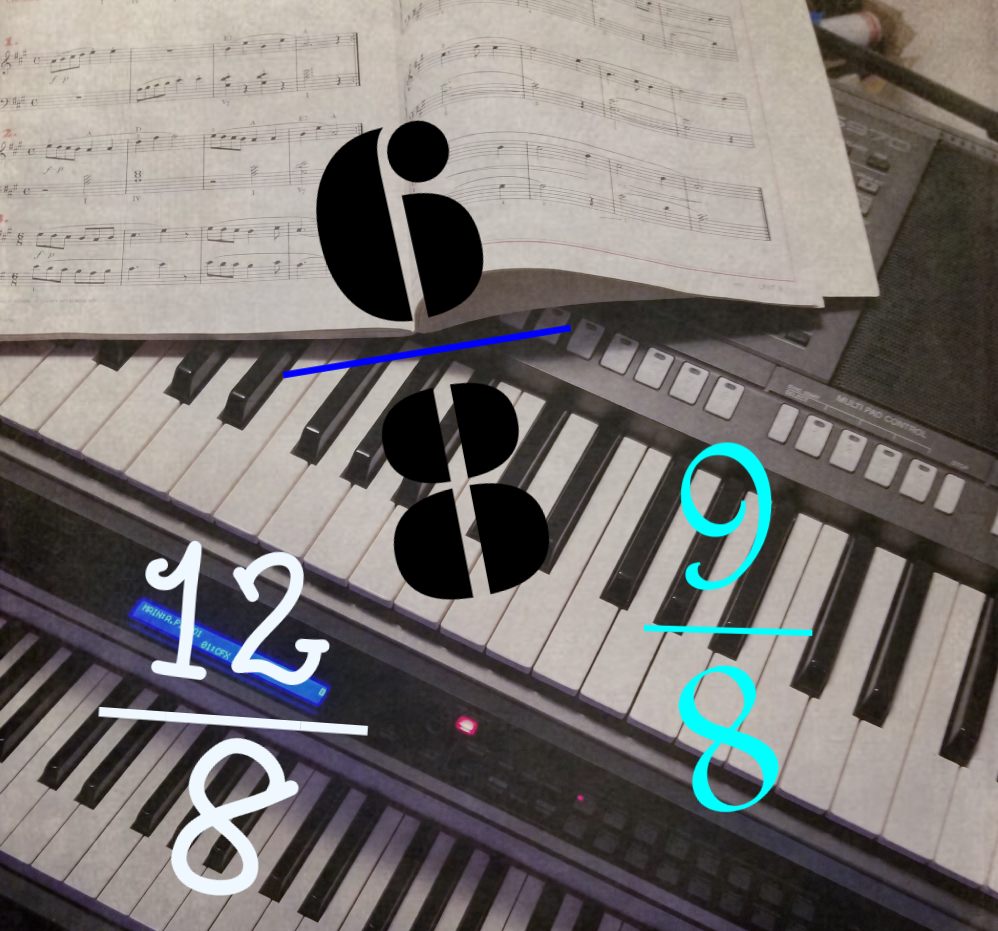
Welcome to ReadPianoMusicNow.com. My name is Kent D. Smith.
Today’s article is about time signatures in music notation.
What are time signatures in music and why are they important?
If you want to learn how to read and write music, one of the most essential concepts you need to understand is time signature. A time signature, also known as a meter signature, is a notation that tells you how many beats are in each measure of music, and what kind of note value equals one beat. A measure, or a bar, is a group of notes separated by vertical lines called bar lines.
A time signature consists of two numbers stacked on top of each other, like a fraction. The upper number tells you how many beats are in each measure, while the lower number tells you what type of note value receives one beat. For example, a time signature of 4/4 means that there are four beats in each measure, and each beat is equal to a quarter note. A time signature of 3/8 means that there are three beats in each measure, and each beat is equal to an eighth note.
Time signatures are important because they help musicians to organize the rhythm and feel of the music. They also indicate which beats are emphasized or accented, which affects the expression and mood of the music. For example, a time signature of 4/4 usually has a strong accent on the first beat and a weaker accent on the third beat, creating a steady and predictable pulse. A time signature of 3/4 usually has a strong accent on the first beat and two weaker beats, creating a waltz-like feel.
The Two Main Types of Time Signature
There are two main types of time signatures: simple and compound.
Simple time signatures have 2, 3, or 4 as the upper number, which means that the beats are grouped in pairs. For example, 2/4 means two quarter notes per measure, 3/4 means three quarter notes per measure, and 4/4 means four quarter notes per measure.
Compound time signatures have 6, 9, or 12 as the upper number, which means that the beats are grouped in threes. For example, 6/8 means six eighth notes per measure, but they are grouped as two dotted quarter notes. 9/8 means nine eighth notes per measure, but they are grouped as three dotted quarter notes. 12/8 means twelve eighth notes per measure, but they are grouped as four dotted quarter notes.
READ MORE ABOUT COMPOUND TIME SIGNATURES HERE (on this site)
Special Symbols for Time Signatures (Instead of Numbers)
There are also some special symbols that can be used instead of numbers for some common time signatures. The symbol C stands for common time or 4/4, which is the most frequently used time signature in Western music. The symbol C with a vertical line through it stands for cut time or 2/2, which is similar to 4/4 but with half the note values. These symbols derive from mensural notation, an old system of music notation that used different shapes to indicate different note values.
Time signatures are not fixed or absolute; they can change within a piece of music to create contrast or variety. A change of time signature is indicated by a new time signature written after a bar line. For example, a piece of music can start with a time signature of 4/4 and then switch to 3/4 for a few measures before returning to 4/4.
Why are Time Signatures Important?
Time signatures are one of the basic elements of music theory that help us to understand and appreciate the structure and style of different musical genres and compositions. By learning how to read and use time signatures, you can improve your musical skills and enjoy playing and listening to music more.
— Kent
